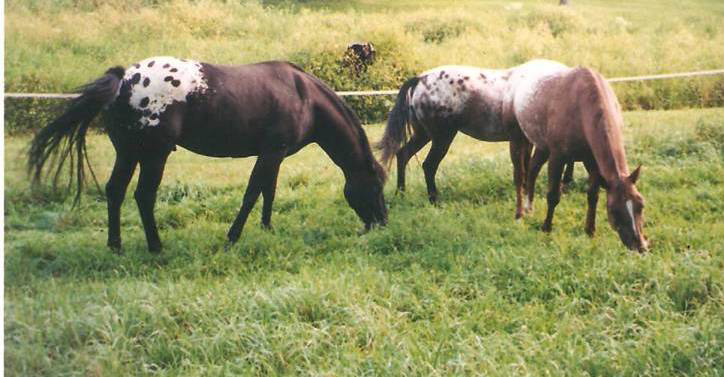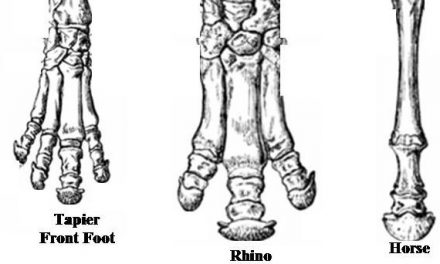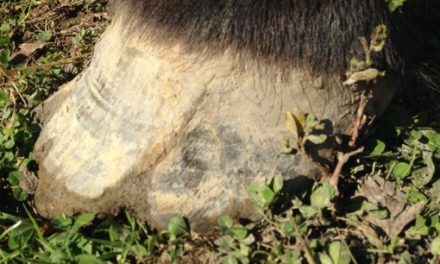THE WAY OF HORSES

“He was only in the pasture for three hours yesterday afternoon,” Concerned Horse Owner told her vet. “I thought he would enjoy some fresh green grass.”
The big bay gelding had laminitis.
Laminitis is an inflammation of the connective tissue (the laminae) between the hoof wall and the coffin bone. It is intensely painful. If left unchecked, the laminae will die. This leads to complete separation of the coffin bone from the hoof wall, allowing it to rotate. In extreme cases, the coffin bone can puncture through the bottom of the hoof – leading to infection and death. The common term for the rotation is “founder”.
Laminitis can be caused by many situations: adverse reactions to vaccinations or drugs, metabolic or hormonal imbalances, high fever due to illness, foaling complications (retained placenta), obesity, overeating grain, sudden changes in feed and lush grass.
The gelding was lame in both front feet. The intense pain was causing him to assume the stance of a laminitic horse – both front feet were pushed out in front, while his hind feet were up under his barrel. He was rocked back – trying to get the weight off his excruciatingly painful front feet.
The vet explained to the owner, “The high levels of sugar in the new spring grass triggered the laminitis.”
Research is on-going as to how sugar causes equine laminitis, but there is no question that is does. And in the spring, when grass is rapidly growing, the sugar content is high. Cold temperatures at night and warm temperatures during the day accelerate the production of the sugar within the plant.
In addition to the time of year, the time of day is also critical.
The rising sun draws sugar out of the roots and into the leaves. By late afternoon, leaves are saturated with dangerous sugars. The gelding had been turned out in the afternoon – when sugar content in grass is at its highest.
On top of this, the gelding was also obese. It didn’t take much to push him over the edge.
How could this terrible situation been avoided?
First by prevention – the gelding should have been kept at a healthy weight. He was prone to laminitis because of his obesity – it was only a matter of time. A healthy horse should have a very light layer of flesh over his ribs; ribs should be felt with slight pressure of the hand. There should be no spongy fat deposits around the tail head. The withers should be well-defined and there should be no fat along the neck. There should not be a crease down the spine.
Next the fat gelding should not have been allowed to graze at all. An obese, laminitic prone horse must avoid any feed that is high in sugar.
Even if the gelding had not been obese, the time he was allowed to graze should have been kept at a minimum. Hand grazing him for a few minutes (not hours) each day (in the morning) would have been safer.
The gradual introduction to grass would have allowed the microbes in the large intestine time to adjust to the “new” feed. All changes made in a horse’s diet, whether it is grain, hay, a supplement or grass, must be done gradually.
The safest grass is mature, having started to form a seed head. But even then sugar content could be high if the plants have experienced a burst of growth after a drought – mimicking the same rapid growth that occurs in the spring.
Luckily the gelding recovered from his laminitis episode. The vet had the owner use cold water on the feet to shrink the swollen and inflamed sensitive laminae . He also put the horse on a regimen of painkillers and anti-inflammatory drugs. The gelding was kept in a deeply bedded stall and a farrier applied therapeutic shoes to help support the hooves.
The recovering horse was also put on a sugar restricted diet. His calories were adjusted so he would lose weight.
Prevention is worth many times the cost of treatment and suffering.* Earn Professional Certification as Horse Trainer, Stable Manager or Riding Instructor. All courses are online. Visit www.equinestudiesinstitute.org for information.



